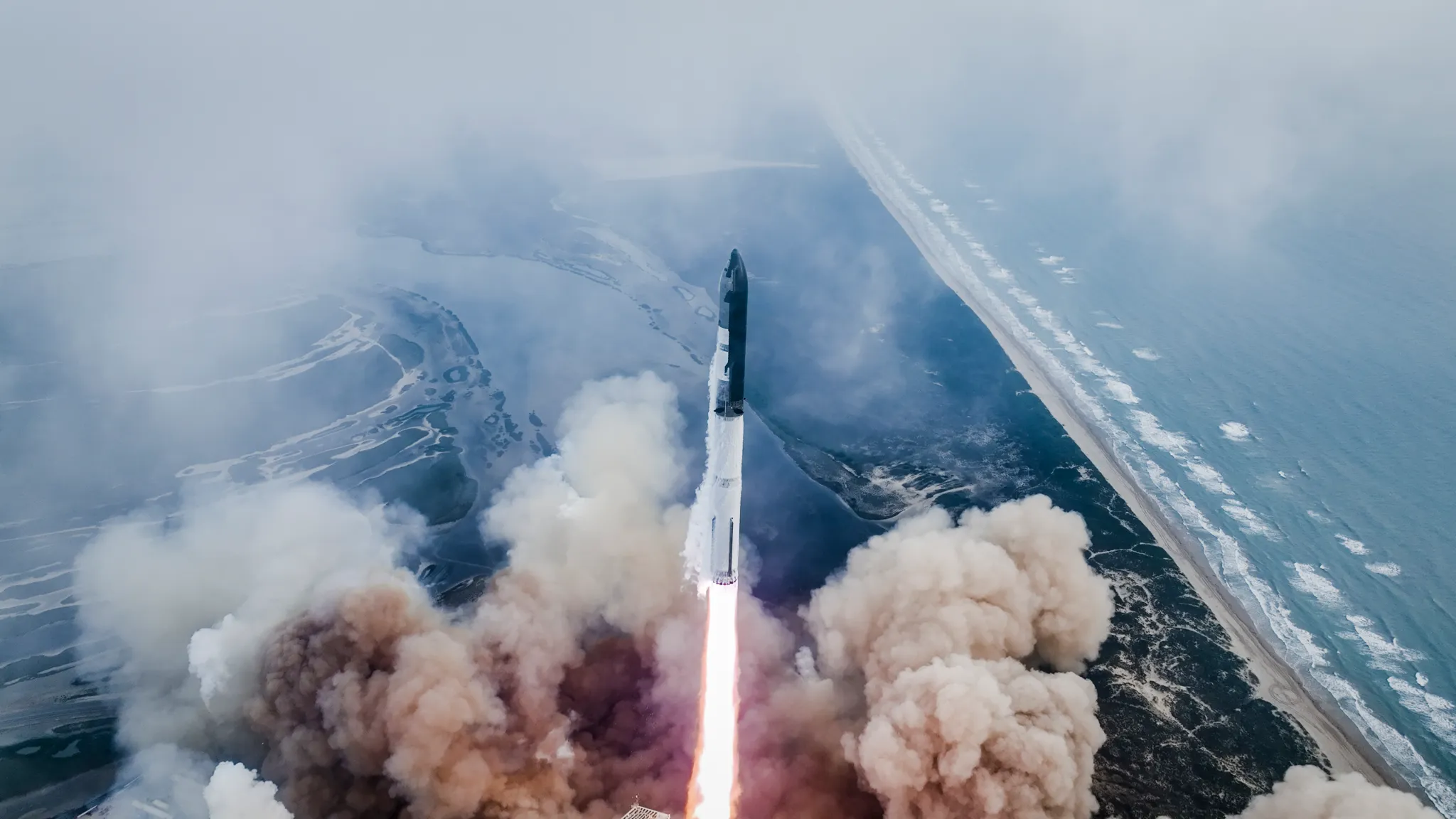SpaceX’s Starship rocket, designed to eventually send astronauts to the moon and beyond, completed nearly an entire test flight through space on its third try on Thursday, getting farther than ever before, but disintegrated on its return to Earth.
During a webcast of the flight, SpaceX commentators said mission control lost communication with Starship from two satellite systems simultaneously while the spacecraft was re-entering the planet’s atmosphere at hypersonic speed.
The spacecraft at that point was nearing a planned splashdown in the Indian Ocean, about an hour after launch from south Texas.
Contact with Starship cut out moments after a live video feed from a camera mounted on the vehicle showed high-definition images of a reddish glow enveloping the silvery spacecraft from the heat of re-entry friction as it plunged earthward.
A few minutes later, SpaceX confirmed that the spacecraft had been “lost” – meaning incinerated or broken apart – during the stress of re-entry.
For reasons that were left unclear, SpaceX opted to skip one of the test flight’s core objectives – an attempt to re-ignite one of Starship’s Raptor engines while it coasted in a shallow orbit. That milestone is considered key to its future success.
Still, completion of many of Starship’s intended flight objectives represented progress in the development of a spacecraft crucial to the growing satellite launch business of SpaceX, founded by Elon Musk in 2002, and NASA’s moon program.
NASA chief Bill Nelson congratulated SpaceX on what he called “a successful test flight” in a statement posted on social media platform X. The U.S. space agency is SpaceX’s biggest customer.
SpaceX President Gwynne Shotwell wrote in an X post that the test marked an “incredible day.”
The two-stage spacecraft, consisting of the Starship cruise vessel mounted atop its towering Super Heavy rocket booster, blasted off from the company’s Starbase launch site near Boca Chica Village on the Gulf Coast of Texas. The upper-stage Starship reached peak altitudes of 145 miles (234 km).
The spacecraft far exceeded its two past performances, both of which were cut short by explosions minutes after launch. The company had acknowledged in advance a high probability that its latest flight might similarly end with the spacecraft’s demise before the mission profile was finished.
SpaceX’s engineering culture, considered more risk-tolerant than many of the aerospace industry’s more established players, is built on a flight-testing strategy that pushes spacecraft to the point of failure, the














